What Is Texture Impression Tracing?
Learning how to use texture impression tracing as an inspirational sketching technique can completely transform your creative approach. This method blends tactile exploration with imaginative interpretation, making it ideal for artists who want to break creative ruts, build visual texture libraries, or simply awaken new ideas. Whether you’re sketching for relaxation, building a concept, or laying the groundwork for a larger piece, this technique offers fresh sensory input and artistic freedom.
Let’s dive into how textural impression tracing works, why it’s creatively potent, and how you can seamlessly integrate it into your sketching routine.
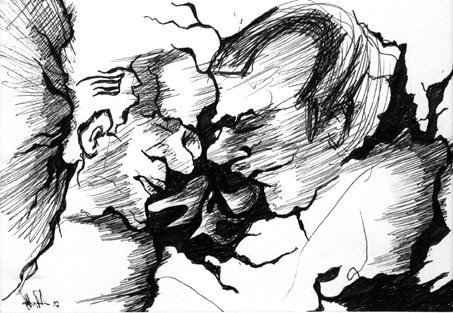
credit: jeffredmon
Textural impression tracing is the act of placing paper over a textured surface—like leaves, woodgrain, gravel, or fabric—and lightly rubbing or sketching across it with drawing tools to capture its impression. The resulting marks are guided by the surface underneath, creating organic, often unpredictable patterns.
It’s often used as a springboard for:
- Abstract composition
- Creature or character design
- Mood or landscape studies
- Mixed media experimentation
- Sketchbook warmups and creative prompts
Why Textural Impression Tracing Sparks Inspiration
What makes this technique so effective is that it removes the burden of idea generation. Instead of staring at a blank page, you begin with an external stimulus—one that provides unexpected lines, organic shapes, and fragmented geometry. From there, your creativity reacts to what’s already present.
This is especially helpful when:
- You feel creatively blocked
- You want to explore abstraction
- You’re developing new visual motifs
- You’re training your hand to be more responsive than rigid
Sketchbooks.org | VISUAL RESEARCH HUB
Texture Impression Tracing Examples
Visual research is critical for any creative endeavor. We have compiled specialized links to lead you directly to images, videos, and inspiration for "Texture Impression Tracing Examples" across the web's best visual search platforms.
Materials and Tools You’ll Need
You don’t need expensive tools to start. Here’s what you’ll need:
- Sketching surface: lightweight paper or newsprint works best
- Drawing tools: graphite sticks, soft pencils (4B–8B), charcoal, wax crayon, or colored pencil
- Texture sources: tree bark, tiles, netting, woven fabric, gravel paths, leaves, paper towels, wire mesh—anything with texture
Optional but useful:
- Masking tape (to hold paper steady)
- Spray fixative (for charcoal or pastel layers)
- Sketchbook for tracing and notes
How to Practice Textural Impression Tracing
Start by choosing a location or object with an interesting texture. Secure your paper over it with light pressure or tape. Then:
- Lightly drag your chosen tool (e.g., the side of a pencil) over the paper
- Allow the raised areas of the object to guide your marks
- Don’t press too hard—you’re capturing topography, not drawing a shape
- Layer multiple textures, rotate paper, or experiment with combinations
- Respond to what appears: trace into shapes, doodle into gaps, highlight natural contours
This process activates observational drawing and imagination simultaneously.
Ideas for Expanding and Interpreting Tracings
Once you’ve captured a texture, don’t stop there. Use the imprint as a base and build on it. Try:
- Outline and refine: Follow natural contours to shape new forms like insects, creatures, or structures
- Invert emphasis: Darken negative space or use ink to bring contrast
- Abstract overlay: Layer transparent washes, marker shapes, or crosshatch zones
- Mood study: Assign an emotion or weather to the pattern—stormy, soft, chaotic
- Narrative prompt: Let one part of the tracing suggest a figure or symbol and build a story around it
Applications Across Mediums and Styles
Whether you lean toward realism, abstraction, or illustration, textural impression tracing has a role. Some ways to incorporate it:
- Character design: Use bark textures for armor, leaf veins for clothing details
- Landscape art: Create rock faces or terrain with gravel rubbings
- Abstract compositions: Build visual rhythm from patterned impressions
- Fashion sketches: Use fabric textures as base patterns
- Interior design or architectural drawing: Incorporate floor tile or paneling patterns as background details
This method merges observational texture collection with intuitive artistic interpretation, which enhances both technique and originality.
Benefits of Using Textural Impression Tracing
- Encourages a loose, exploratory mindset
- Introduces new shapes and mark-making vocabularies
- Builds a personal reference archive of textures
- Connects artist with physical environment in an active way
- Reinforces drawing as a sensory, not just visual experience

Sketchbooks.org | SKETCHBOOK KINDS
How Scientists & Biologists Use Sketchbooks | Scientists Sketchbooks
Observation & Discovery When we think of scientists and biologists at work, we often envision laboratories full of microscopes, high-tech computers, and stacks of research papers. However, a lesser-celebrated yet equally valuable tool plays a...
Frequently Asked Questions
What surfaces are best for textural impression tracing?
Natural textures like bark, stone, concrete, fabric, and foliage work well—look for raised surfaces with tactile variety.
Do I need special pencils or charcoal?
No—any soft, responsive drawing tool will work, though charcoal and graphite sticks give strong contrast.
Can I use this technique in a digital workflow?
Yes—photograph your tracings and use them as digital texture overlays or inspiration in illustration apps.
Is this technique only for abstract art?
Not at all—it can be used in figurative, stylized, or even realistic work as a background, overlay, or design element.
How do I keep my tracings from smudging?
Use a fixative or lightly spray hairspray to set delicate mediums like charcoal or pastel.
Should I interpret the tracing or leave it as is?
Both approaches work—some artists let the raw texture shine, others use it as a springboard for layered sketches.
Can this technique help with creative block?
Absolutely—it lowers the pressure to “invent” and gives your hand and mind something playful to respond to.
Final Thoughts
Learning how to use textural impression tracing as an inspirational sketching technique is about rediscovering your sense of touch, pattern, and perception. It strips drawing back to a primal connection between hand and surface—without needing perfect ideas to begin.
Whether you’re in a rut, exploring a new series, or just need a low-pressure way to return to the page, this technique offers structure and surprise in equal measure. Let your surroundings speak. Let the surface guide you. And trust that inspiration, like texture, is all around you—waiting to leave its impression.
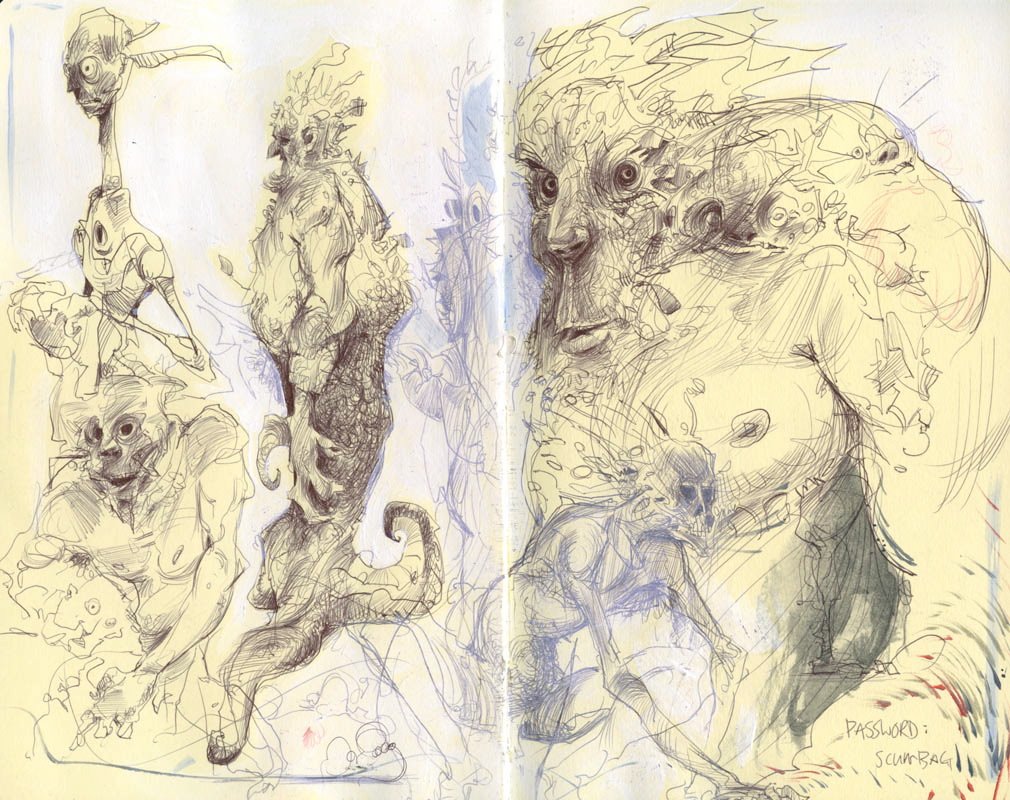
credit: jdryden
Ready to Share Your Work?
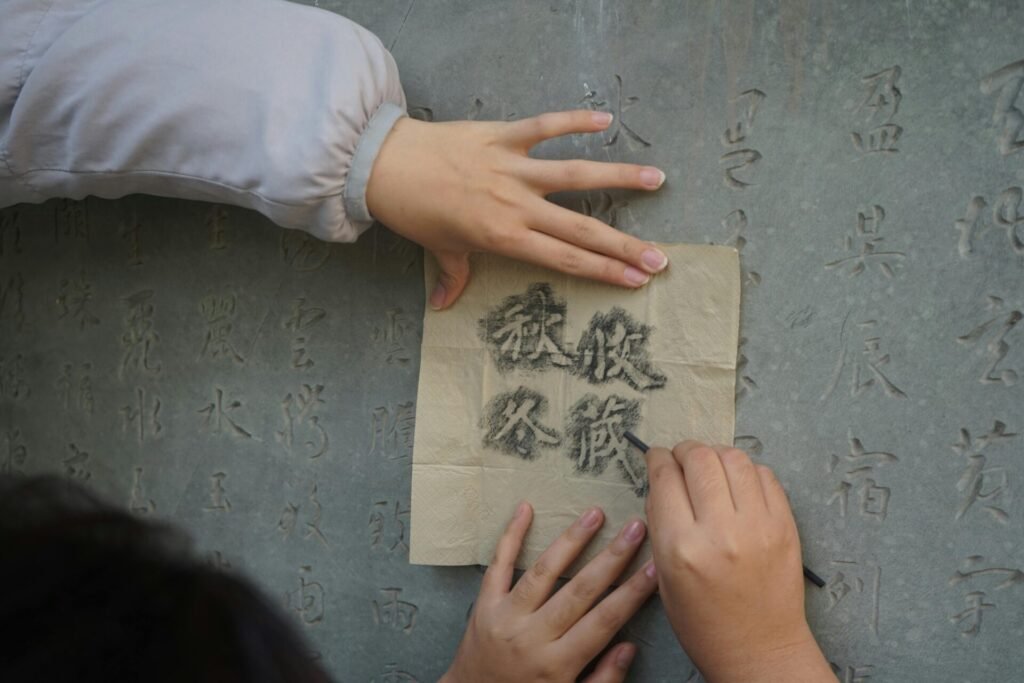

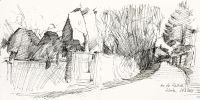
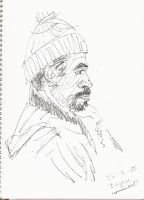
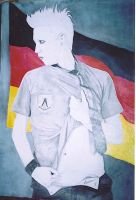

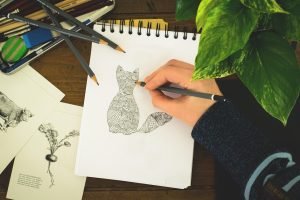

This works amazing with gel pens on dark paper too.